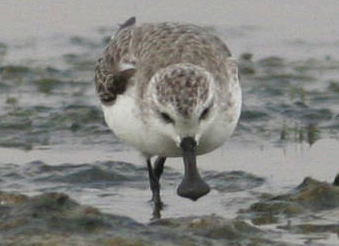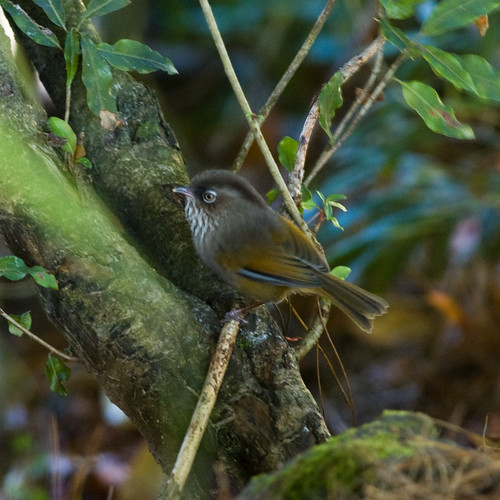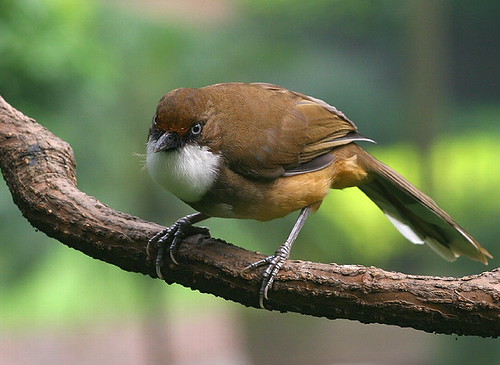
Spoon-billed Sandpiper: Are Its Days Numbered?
Photo Credit: Peter Ericsson
I recently came across an article on the Saemangeum land reclamation project on the Reuters web site. The article details the mindless habitat destruction on wetlands on the west coast of South Korea, and its decimating effects on migratory shore birds that feed there. Some of the birds, such as the Spoon-billed Sandpiper and Spotted Greenshank, are critically endangered.
Here is an exerpt from the article:
SEOUL (Reuters) - A huge South Korean land reclamation project has destroyed wetlands, killed migratory birds and pushed endangered species toward extinction, a report obtained at the weekend said.
The Saemangeum land reclamation, completed in 2006 on the west coast and covering about 400 square kms (155 sq miles) -- about seven times larger than Manhattan -- has removed one of the largest feeding grounds on the Yellow Sea for hundreds of thousands of migratory birds who pass by each year, it said.
"Within Saemangeum, (we) recorded a decline of 137,000 shorebirds, and declines in 19 of the most numerous species, from 2006 to 2008," according to the study by conservation groups Birds Korea and Australasian Wader Studies Group that will be released at an international Ramsar convention on wetlands this week in South Korea.
Read the entire article here.
Spotted Greenshank
Photo Credit: i-owen
Some Additional Reading Suggestions
Here is a link to another article in the BBC explaining the impact of the development project on migrating birds.
Here is a link to an article in the Korea Times which lays out the government's short-sighted objectives and hopes for the project. Apparently South Korea wants to create a business haven similar to that of Dubai.









